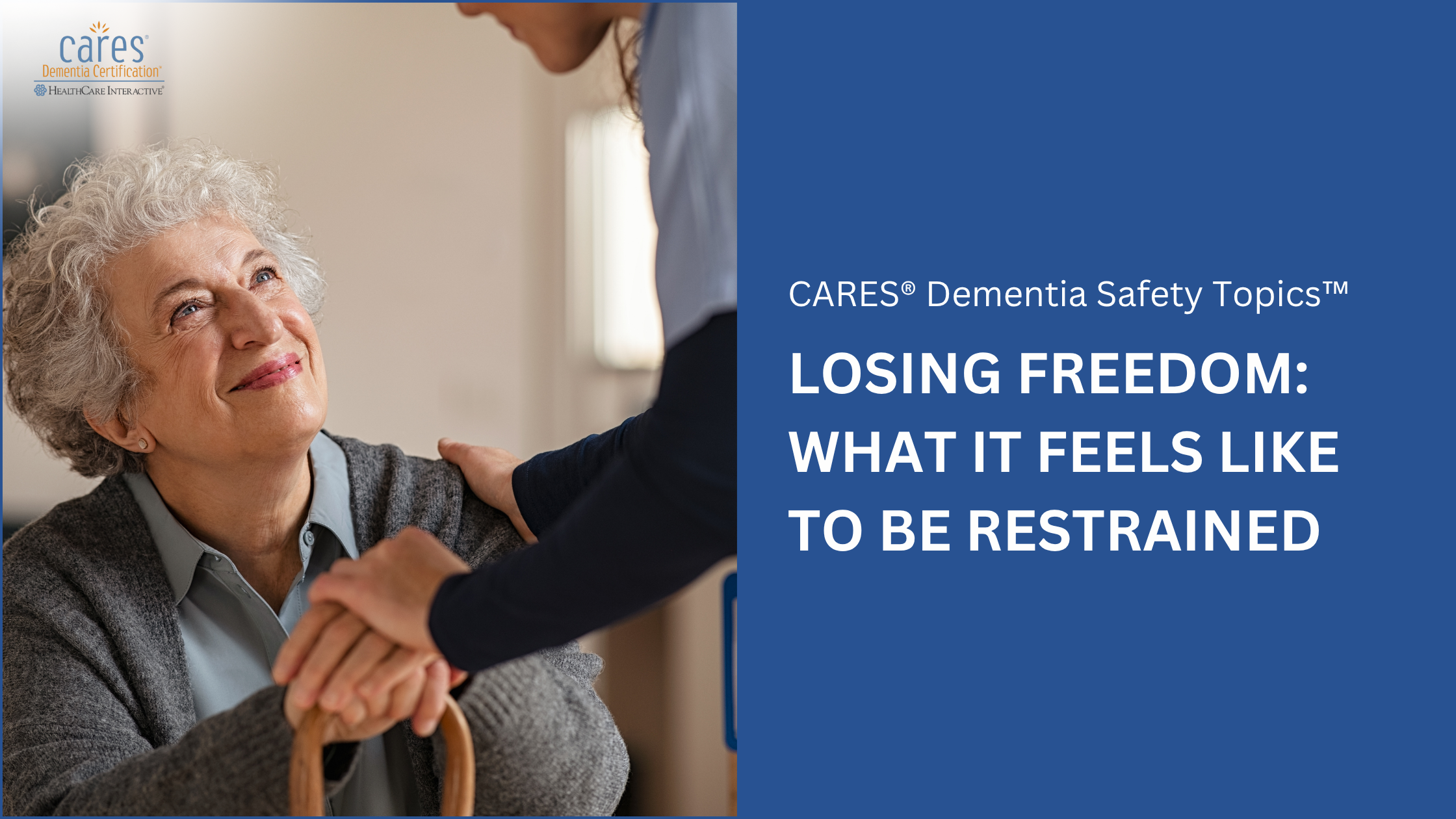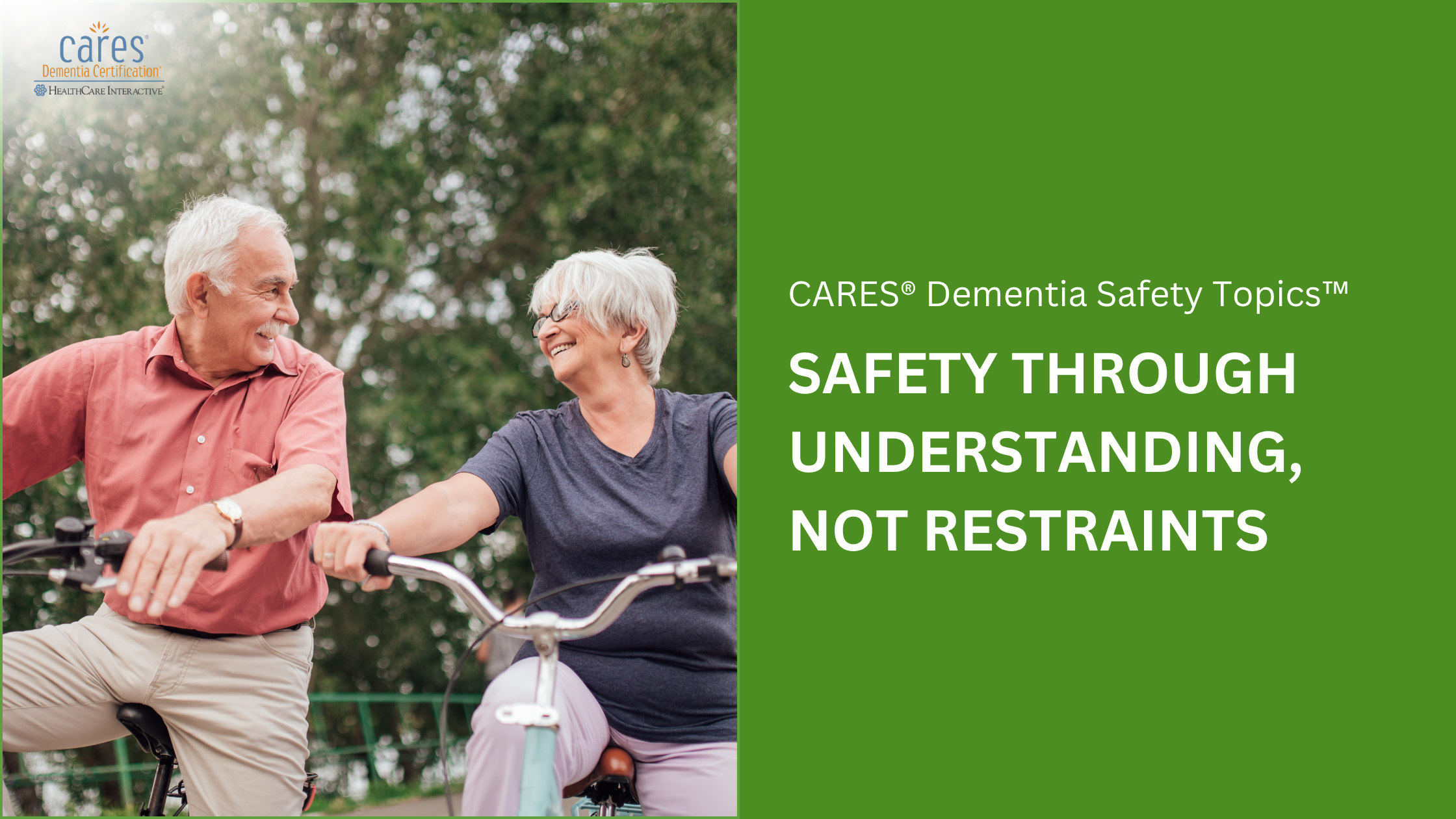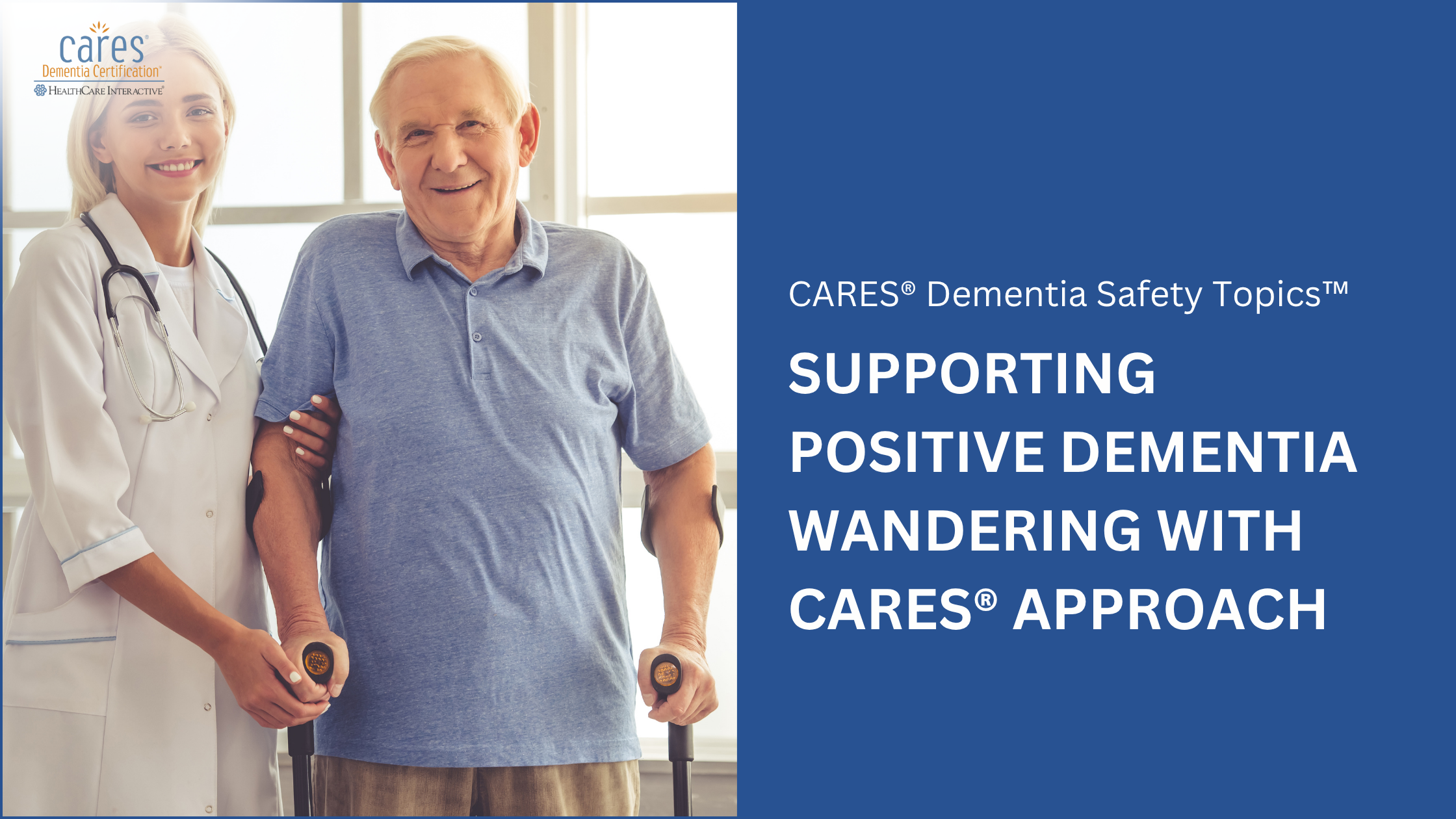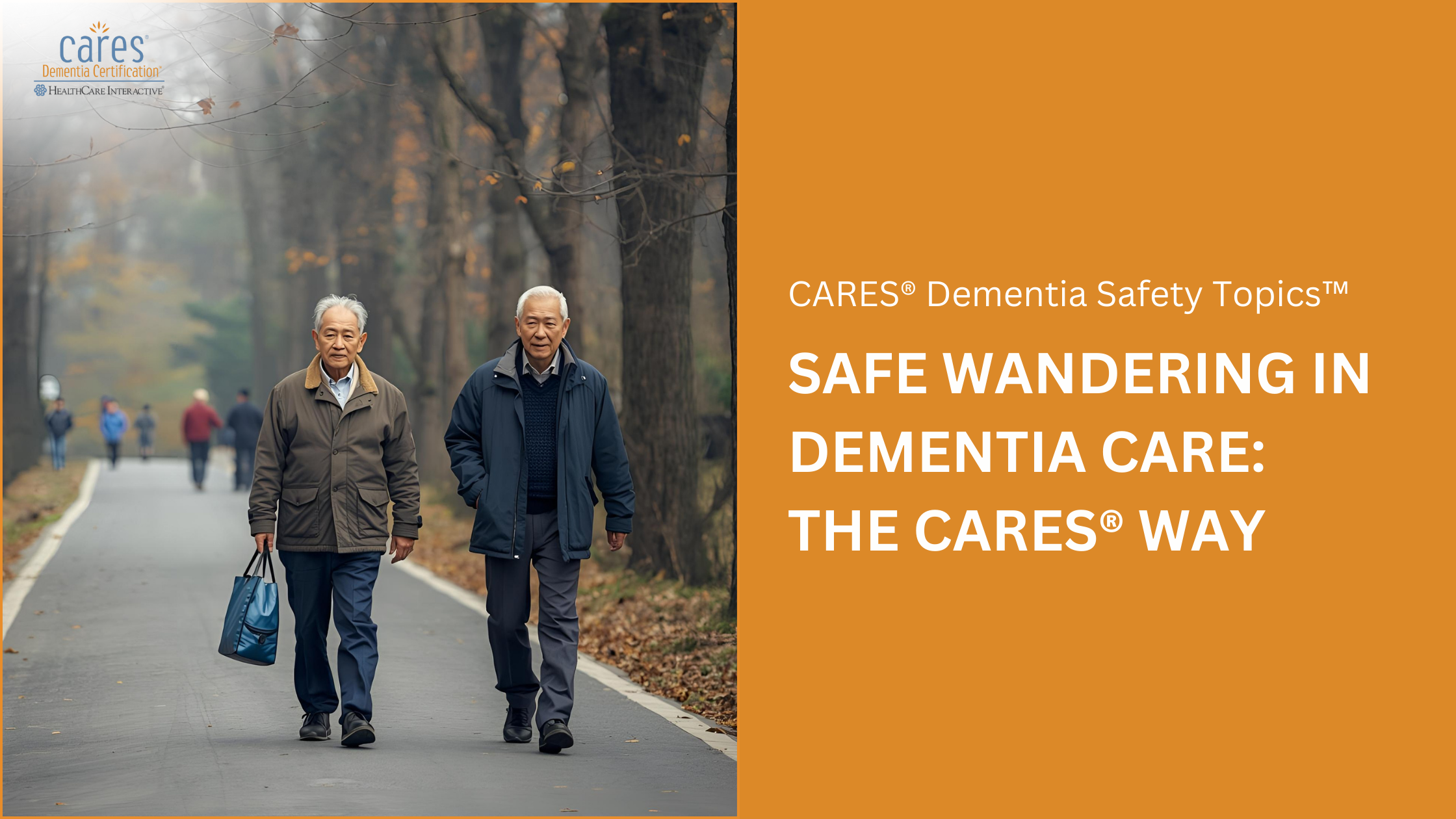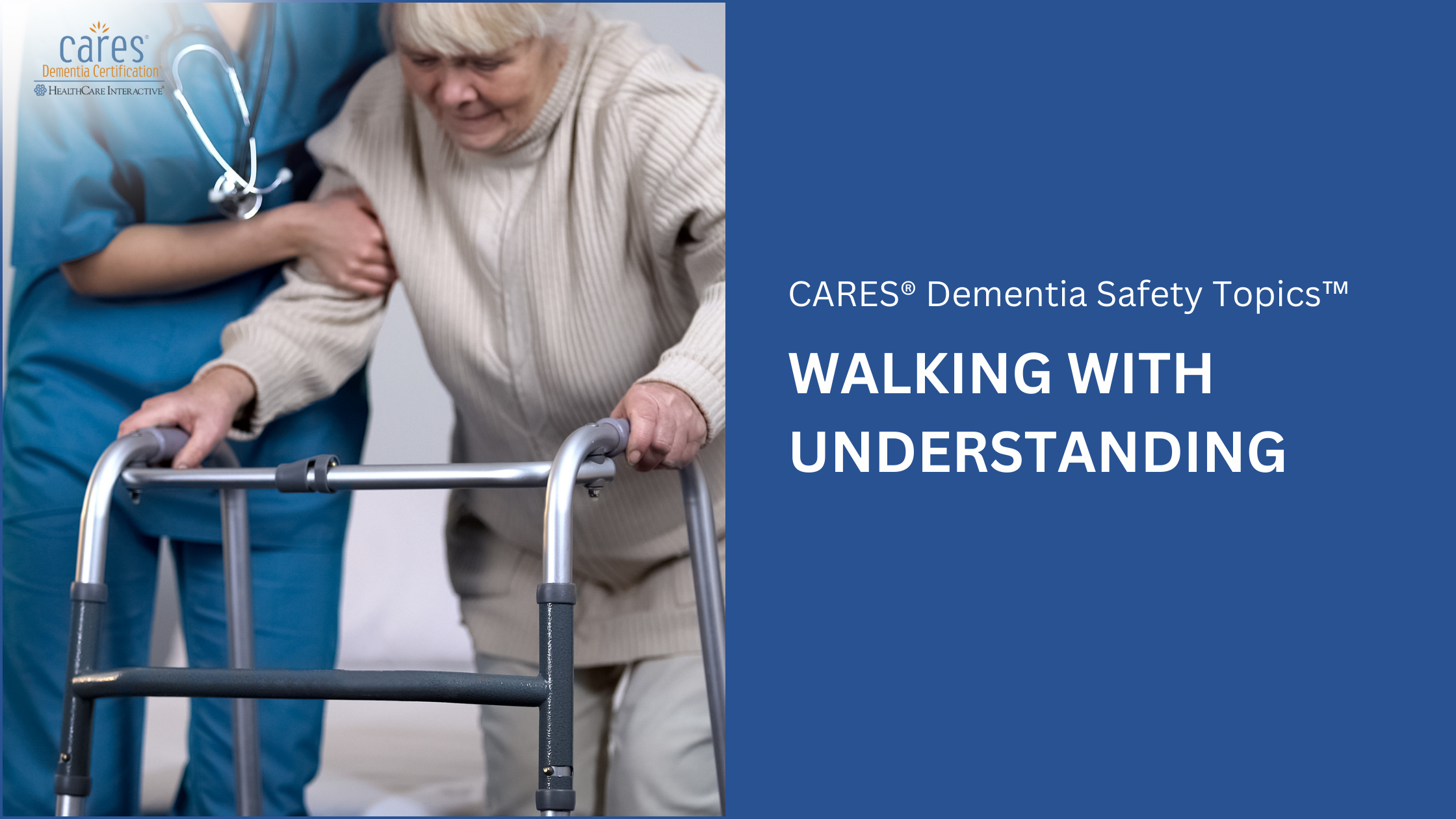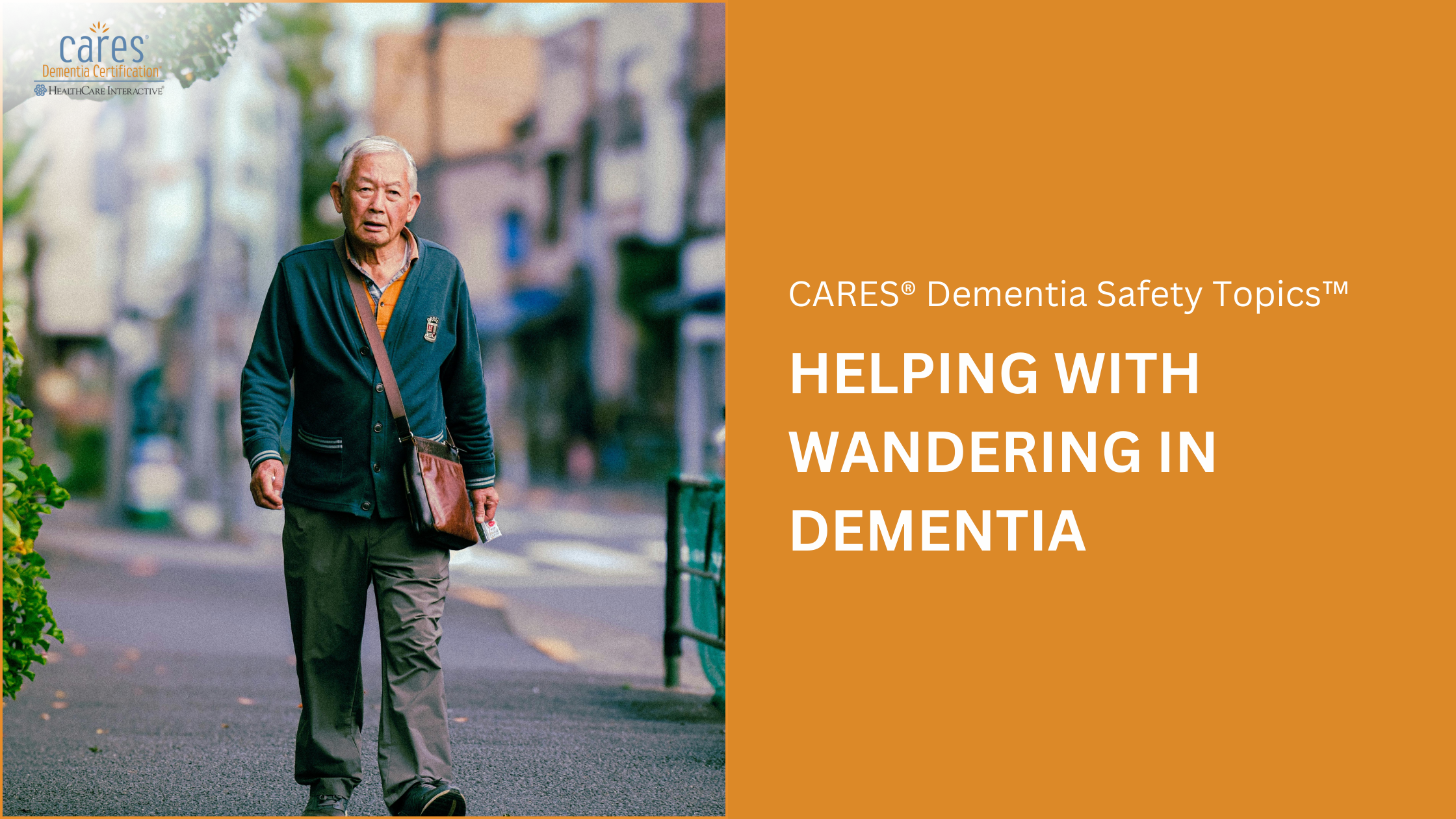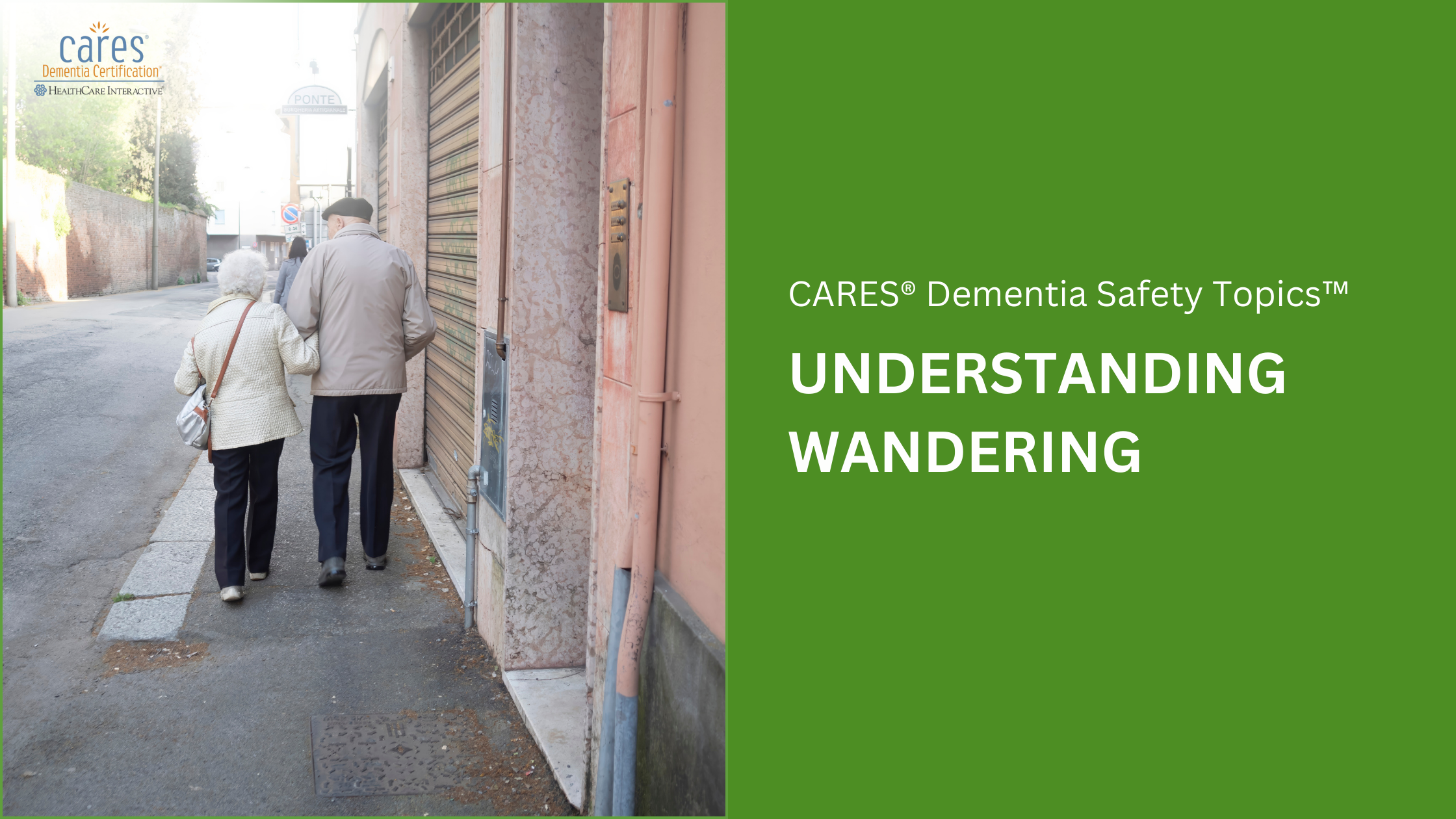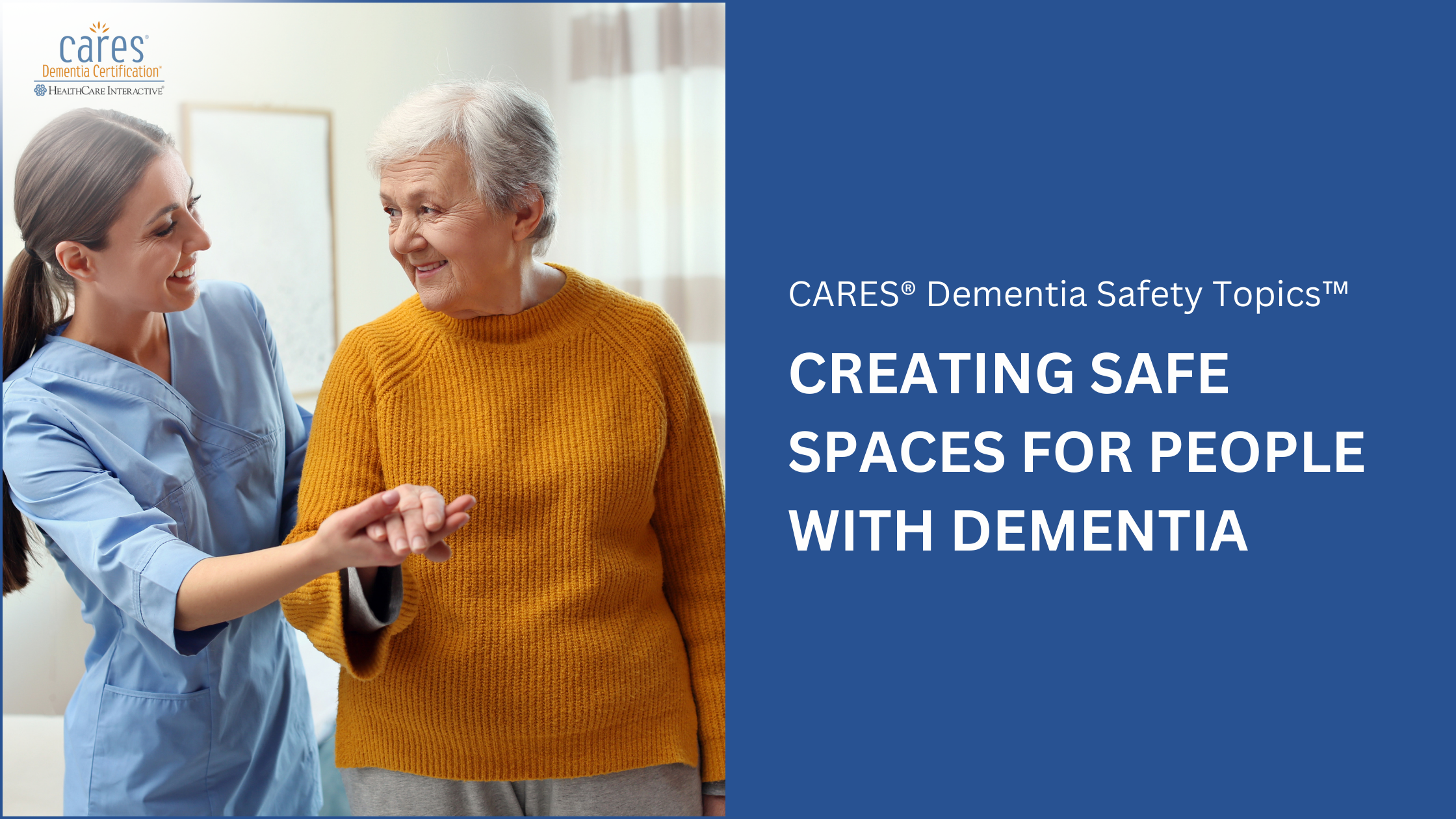For many years, physical restraints were used in dementia care with the belief that they kept people safe. But behind this idea lies a deeper truth — being restrained can be frightening, isolating, and deeply uncomfortable. To truly understand why restraint-free care matters, we first need to imagine what it feels like to lose the ability to move freely.
Imagine this:
1. You are seated in an uncomfortable chair.
2. You cannot stand up or move around.
3. Your arms are too weak to reposition yourself.
4. Your bottom aches from sitting too long.
5. You need to use the toilet, but no one is nearby to help.
6. You are cold from a draft, yet unable to shift or find a blanket.
You are thirsty but cannot reach for a drink.
Anyone would find this situation distressing and uncomfortable. Now, imagine being unable to communicate your needs clearly — this is often the reality for many people living with dementia.
For decades, physical restraints were commonly used in long-term care settings. Caregivers once believed that restraining a person was the best way to prevent falls, injuries, or wandering. In the early 1990s, studies revealed that nearly 6 out of every 10 nursing home residents were physically restrained.
Restraints came in many forms — tying a person to a chair, a wheelchair, or even a bed. Although these practices were often well-intentioned, they stripped individuals of their independence, dignity, and sense of control.
Today, we know better. Restraining someone doesn’t just limit movement; it affects emotional well-being, increases agitation, and can even lead to physical decline. Compassionate, person-centered care focuses on understanding the reasons behind behaviors and finding safe, respectful alternatives to restraint use.
By stepping into the shoes of those who are restrained, we can better appreciate the importance of preserving autonomy, dignity, and comfort in dementia care.
Restraint-Free Care
Restraint-free care focuses on supporting safety and dignity without restricting a person’s movement. Instead of using physical or chemical restraints, caregivers use observation, communication, and individualized care strategies to understand the person’s needs. By creating a calm, engaging environment and addressing the reasons behind behaviors, restraint-free care promotes comfort, trust, and well-being — helping people with dementia live with greater independence and respect.
Enjoy 10% off on CARES® Training and discover effective ways to minimize restraint use while enhancing dignity and independence in dementia care.
Use code Halloween10 before November 15, 2025.

